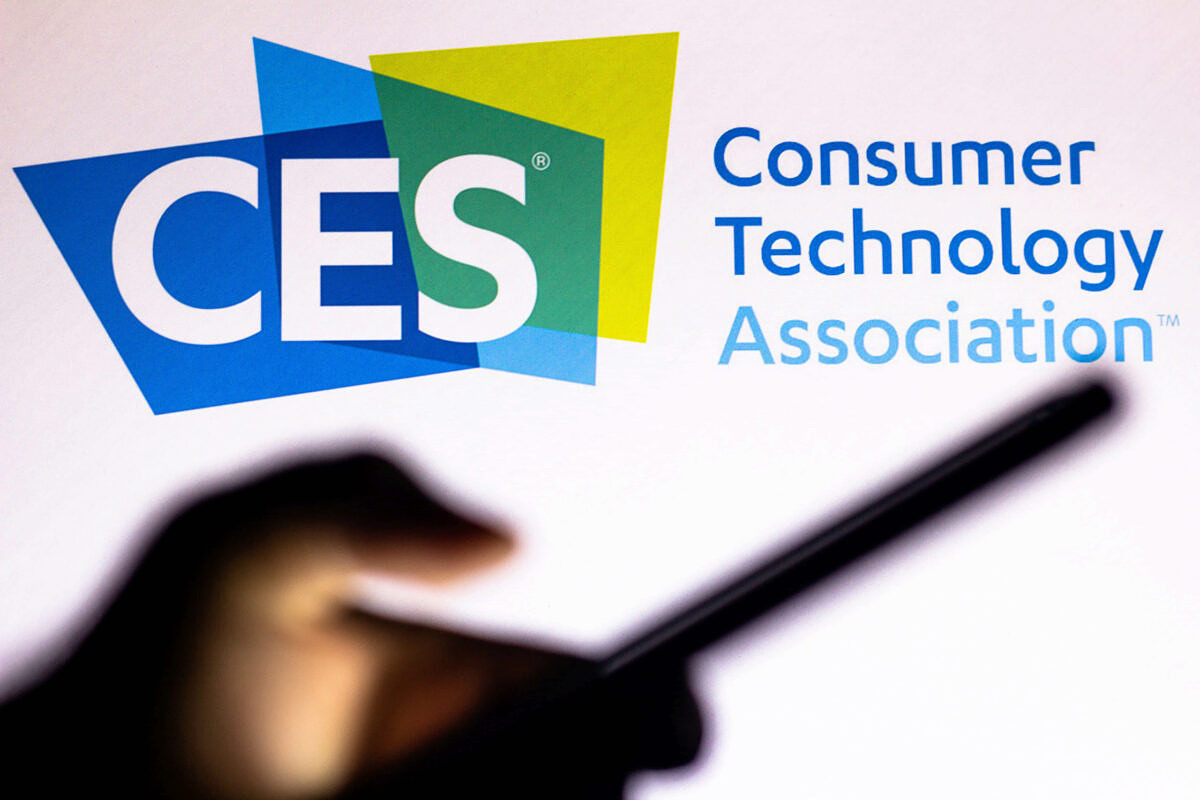CES 2021: 6 relevant marketing trends unveiled by the virtual tech show
The Consumer Electronic Show (CES) not only marks the start of the tech year, but is also regarded as a major trendsetter for marketers around the globe. You definitely won’t want to lose track of these 6 marketing trends seen at CES 2021.

First entirely virtual format for CES 2021 and new directions for digital marketing
With almost 2,000 exhibitors, CES 2021, held for the first time as a purely online event in January, is without doubt one of the most important tech events of the year. The annual Consumer Electronic Show never fails to provide a glimpse of relevant trends with regard to the future orientation and evolution of digital marketing. What marketing trends await us in 2021 based on this year’s product demonstrations, presentations, keynotes, and appearances? And what distinct shifts in focus will set the tone in marketing over the coming weeks and months? We have compiled an overview:
#1 From traditional TVs to digital content platforms
8K, MicroLED, QNED – CES wouldn’t be the same without its TV exhibition. However, the transformation that is gathering steam behind the panels is much more interesting from a marketing perspective. For example, many manufacturers are currently increasingly investing in building large content platforms as additional digital services for customers.
While LG’s new operating system webOS 6.0 is making the company’s entertainment package even more personalized based on individual consumer habits, its competitor Samsung is now equipping its TVs with a new app that brings the hottest TikTok content from various categories straight to screens. As for Google, its new smart TV interface “Google TV” has been rolled out to the first Sony and TCL devices.
The new-generation smart TVs are not only becoming conveniently addressable for the purposes of digital advertising – their innovative features and constantly expanding range of content are also giving marketers and advertisers ever increasing and better options for personally reaching the desired target group through programmatic connected TV.
CES 2021’s additional focus on the topic of smart homes is being paralleled by a similar marketing trend, especially in the context of smart TVs. Accordingly, the growing prevalence of networked households is creating numerous new touchpoints along the customer journey as well as new possibilities in terms of personalized and holistic cross-device marketing across a vast array of channels and appliances.
#2 Lifelike avatars on the rise
After Samsung’s subsidiary STAR Labs already caused a sensation at the last Consumer Electronic Show with its NEON project, other manufacturers jumped on this CES trend during this year’s expo and put forward their own 3D avatars, some of which were of impressive quality.
Although it is probably too early to consider the virtual brand ambassadors as an influential marketing trend, the direction in which virtual models and 3D avatars are evolving and the associated marketing potential are undeniable. Whether Wave, Genie, or 1RIC – when it comes to successfully marketing avatars, several financially strong startups have already positioned themselves on the market with the help of famous music and sports stars, which suggests that there is more to come in the near future.
#3 Lenovo ThinkReality A3: AR glasses for enterprises project virtual screens
Lenovo’s ThinkReality A3 data glasses are a unique and incredibly helpful tool for marketers who want to work on several screens at the same time. At CES 2021, the Chinese manufacturer presented its new enterprise AR glasses, which are specifically designed for companies and allow up to five virtual monitors to be visualized and used like conventional displays.
Lenovo’s intelligent headset promises a lot more productivity during day-to-day office work and is set to launch by the middle of 2021. To position the virtual screens in their field of view, all users need to do is tether the smart glasses to a PC or high-performance Motorola smartphone using a USB-C cable.
#4 Coronavirus pandemic as a trend driver
As in previous years, CES 2021 was a reflection of the changing interests of consumers, which companies and marketers are having to adapt to. The ongoing coronavirus crisis and its restrictions have meant that consumers are spending more time at home – both for work and leisure. This situation is having a corresponding impact in terms of the demand for new products and services as well as the different touchpoints at which consumers can be addressed (see point #1).
Whereas last year’s tech show centered around issues such as the shift toward electromobility, this year’s focal points were slightly different due to the pandemic and, among other things, included: health and fitness, smart homes, as well as cloud services and entertainment.
The coronavirus pandemic has particularly influenced the field of entertainment. Given this, the Consumer Technology Association (CTA) expects a 15 percent increase in video streaming revenue to over 40 billion dollars and a 19 percent growth in audio subscriptions to a total volume of around 10 billion dollars in 2021.
#5 #AttitudeMatters – attitude and responsibility in the spotlight
There was also a noticeable change in the content and marketing tone of many presentations and keynotes. Here, DMEXCO 2020’s #AttitudeMatters motto found expression in the CES 2021 focus issues of social responsibility, sustainability, and environmental protection. The distinct message: empathy, attitude, and a clear positioning within a macrosocial context are becoming more and more important for marketers if they want to be heard and understood.
Among other influential speakers, General Motors CEO Mary Barra addressed the death of George Floyd and called upon the social responsibility of companies in her keynote at CES 2021. As for the topic of environmental protection, the Bosch Group gave a presentation to highlight the CO2-neutral production of its 400 manufacturing plants and also relaunched its well-known #LikeABosch campaign to focus on the positive environmental impact of its in-house products.
#6 Voice: IoT and digital voice assistants are merging together
Whether you want to have a chat with your fridge or water faucet is entirely your business. But with the Internet of Things (IoT) becoming increasingly intertwined with AI and digital voice assistants, we are seeing one of the CES trends from previous years relentlessly gaining pace. The potential offered by voice control is also playing a greater role in other areas, for example smart wearables that can be used without connecting them to a smartphone.
The topics of voice search and voice marketing are also still being massively propelled forward and will definitely become more present in the future marketing mix of many companies, especially when you consider the immense speed at which digital voice assistants are spreading: according to Postbank’s 2020 digital study, 45 percent of consumers already use Alexa, Siri, etc. in Germany alone, compared to a mere 32 percent in the year before.
If you don’t want to miss any other exciting topics, then subscribe to our content newsletter now and stay up to date.





